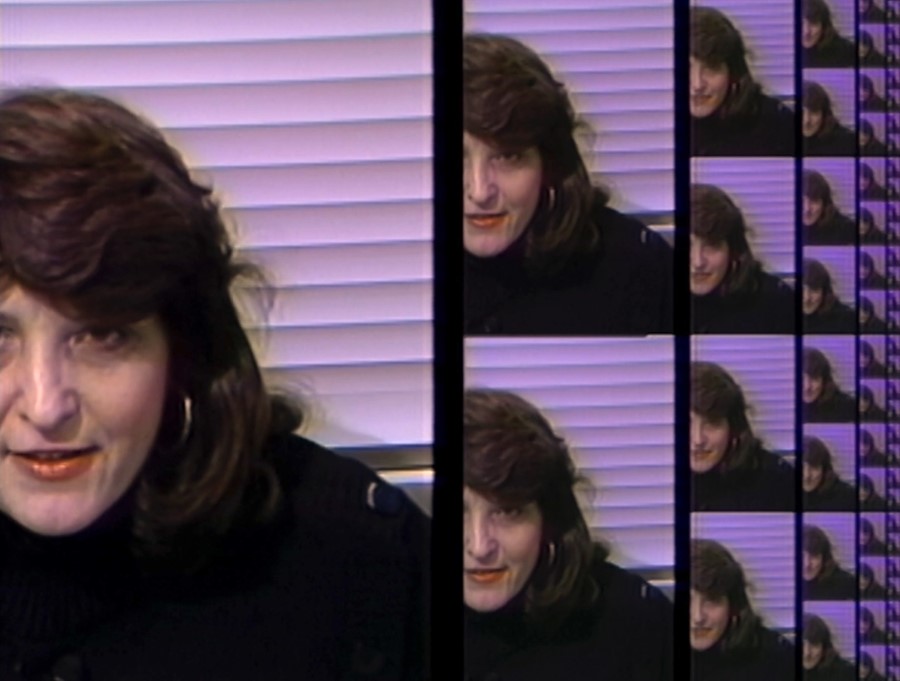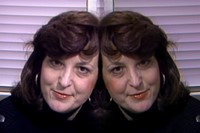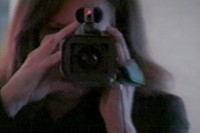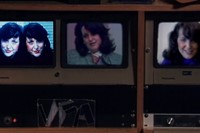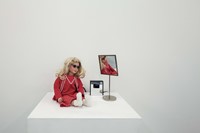As Lynn Hershman’s eerily prophetic work goes on show in Düsseldorf, the 83-year-old artist behind the artistic alter ego ‘Roberta Breitmore’ talks about why “machines can’t live without us, and we can’t live without them”
For over five decades, Lynn Hershman Leeson’s work was something of a secret. The American artist only gained widespread recognition in 2014 at 73 years old, following a career-changing retrospective at ZKM in Karlsruhe. While it’s true that Hershman Leeson, like many emerging women artists, wasn’t taken seriously during her start in the 1960s, a bigger problem was that people didn’t consider what she was doing to be art at all. Years ahead of her time, her experimental media works imagined cyborgs, alter egos and psychosocial machines, investigating the myriad ways technology alters the human experience. While commercial galleries of the day simply wouldn’t entertain her, seen through the eyes of today, much of Hershman Leeson’s work is frighteningly prophetic, employing nascent touchscreens, digital avatars and AI years before they were formally invented. “It’s lucky that culture caught up,” Hershman Leeson tells AnOther today. “They still haven’t caught up to all of it.”
This spring, the artist is back in Germany with a monumental display at the Julia Stoschek Foundation in Düsseldorf. It marks the 40th anniversary of The Electronic Diaries; an epic, emotional six-part video series which she started in 1984 and concluded in 1996. After borrowing a video camera as a way of regaining control of her life following experiences of abuse and illness, the series sees the artist talk frankly about her fears, memories and struggles with self-image while placing herself amid the socio-political context of a rapidly changing world. Compiling a contradictory stream of thoughts and fragmented personas, the videos present a raw portrait of the fragile nature of selfhood that still feels urgent to watch today. “The diaries are really about finding your own voice,” she says. “That was a lot more difficult for women to do in those days. [They were about] being able to participate in culture.”
Hershman Leeson never made the diaries with the intention of showing them; she simply started them as a way to learn how to make films. Living as a single mother in the Bay Area of San Francisco, she recalls a chance meeting that inspired her to become an artist. “I had been in a carpool with Eleanor Coppola, our kids were the same age,” she says. “They used to have screenings every night, get people together and show Francis [Ford Coppola]’s films. He and Martin Scorsese were just starting out. I was trying to make a living as an artist and I saw that they lived well. I said to myself, it’s not all that difficult to do.” Once she started, Hershman Leeson immediately found the process to be cathartic. “I went further with just the camera than I ever did with a therapist,” she says. “I also found when I started showing them, it was something that everybody could relate to. The closer I got to my own truth, people had similar thoughts.”
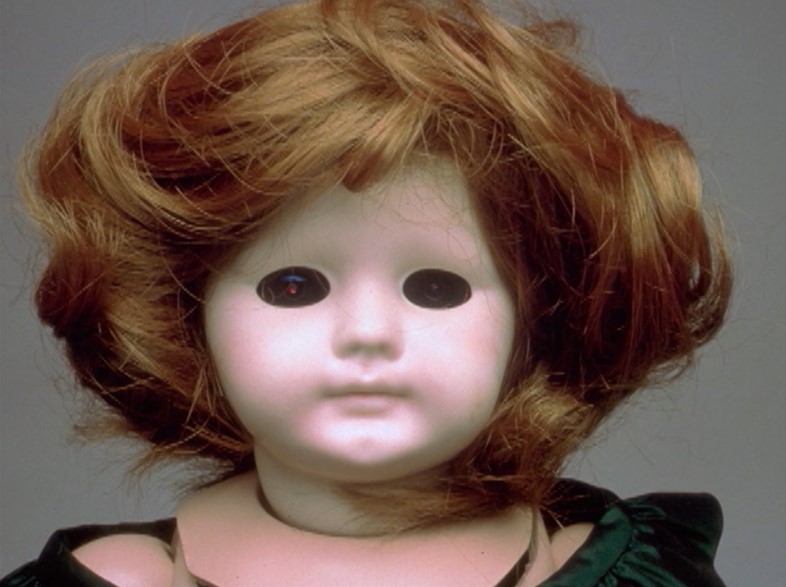
Alongside the Diaries, the exhibition features a selection of mixed-media works created between the 1960s and 2022. Some are playful and others dark, touching on themes like technology’s invasion into women’s bodies, digital identities, and how the state invades our privacy through predictive policing. Housed in a glass box, a wax face tangled with hair, butterflies and a radio that plays out a series of questions are among the highlights of the show. Titled Paranoid, from the artist’s early Breathing Machine series, the work was created in her twenties after the artist was hospitalised with cardiomyopathy while pregnant, spending several weeks in an oxygen tent. The sound is triggered when the piece senses someone is nearby, inviting you to lean in and listen, to start a dialogue with it. “Machines can’t live without us, and we can’t live without them,” the artist says. “I think we have been [becoming one with them] for several decades.”
Another moment of self-reflection – of looking and being looked at – is found in another glass box at the end of a corridor next to the artist’s early Phantom Limb series (seductive photographs that morph women’s bodies with camera hardware). First created in the 90s and altered for the show, it’s a modern iteration of Hershman Leeson’s radical alter ego ‘Roberta Breitmore’, a fictional persona the artist took on in the 70s who had her own driver’s licence, credit card and psychiatrist. CyberRoberta, a creepy little doll sat beside a monitor, reflects your image back to you, sending pictures to a website where visitors can move the head of the doll in the space in real-time. “When our technician found out about it, he was very excited,” says curator Lisa Long. “Remember, it was made in 1996.”

In conversation with the main display, a separate show in the space called Digital Diaries explores the diaristic form through the work of other contemporary artists, including Martine Syms, Sophie Gogl, Tromarama, Hannah Wilke and Wolfgang Tillmans. They range from Frances Stark’s tender portrayal of queer online chat rooms to artist Alex Ayed’s digital diary from a boat at sea, sending the foundation daily observations of his surroundings from a sailing expedition he embarked on last October. Beyond their diaristic form, what unites much of these works and the Electronic Diaries is an exploration of how technology impacts our perceptions of identity and the ways we perform public and private versions of ourselves. “I think technology can affect how we experience emotions,” says Hershman Leeson. “But I think it’s a way of communicating. We can’t communicate without it.”
It’s true that dystopian ideas of the past are now the digital realities of today. We are a society of screens, bombarded by images and feedback loops of algorithm-driven news cycles, with devices as extensions of our bodies – not to mention recent predictions that AI will be the end of humanity itself. However, Hershman Leeson doesn’t think we’re doomed. “I think technology is neutral,” she says. “You can use it to create a nuclear disaster, or you can use it to create climate change. It’s really what people do with it.”
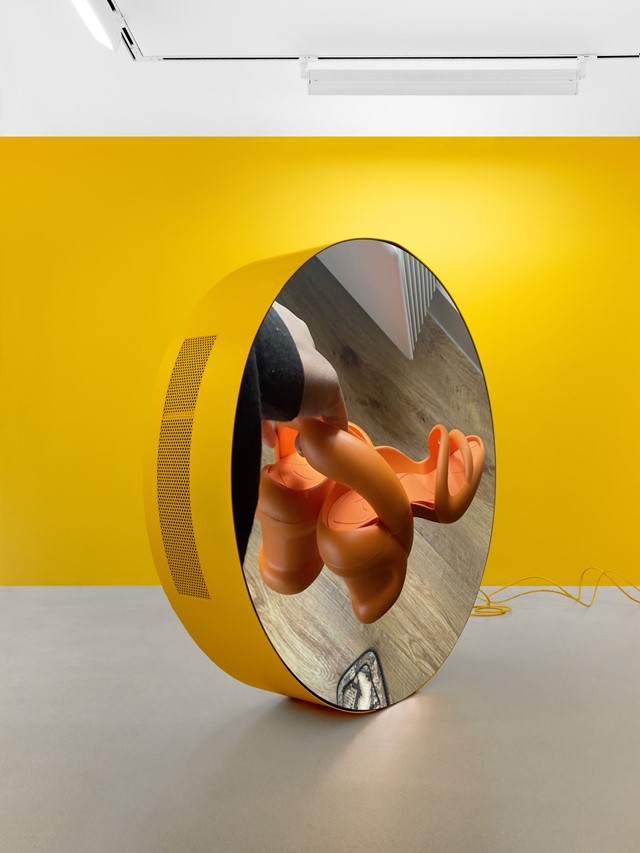
Ten years on from the Berlin show that cemented her status as an artistic pioneer, and 40 years since the first time she picked up a film camera, the 83-year-old artist has never stopped making work. “I just believed in the art I was doing,” she says when asked what kept her going in the decades she was overlooked. “I couldn’t do anything else.” Her advice for young artists starting out? “Keep your vision, keep your sense of humour and don’t throw anything away.”
Lynn Hershman Leeson: Are Our Eyes Targets? and Digital Diaries are on view at Julia Stoschek Foundation in Düsseldorf from until 2 February 2025.
